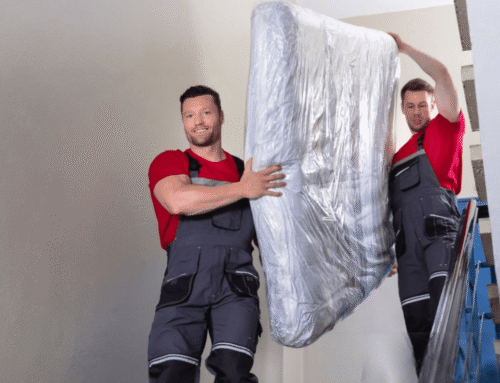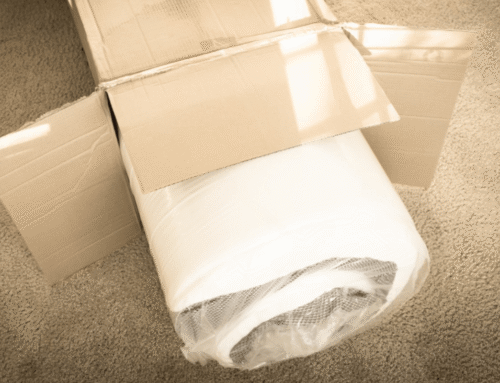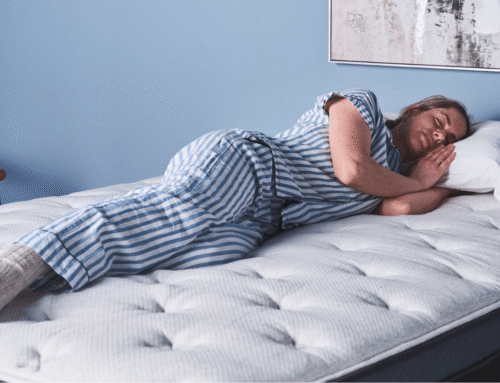A mattress that feels too soft can disturb your sleep. You might wake up sore because your hips sink too much, or your spine feels off. Instead of tossing it out, small adjustments can improve support without a big expense. A firmer sleep surface can help you wake up feeling better.
Understanding what a soft mattress is, what it is good for, why it can hurt your back is important, and how to make it firmer. Soft mattresses provide cushioning and pressure relief, making them ideal for side sleepers and those with joint pain. However, if a mattress is too soft, it can cause improper spinal alignment, leading to discomfort and back pain.
Adding a firm mattress topper can help in how your bed feels. Look for latex or high-density foam, since they provide better support than memory foam. Another option is placing plywood between the mattress and the bed frame. This gives the mattress a sturdier base and prevents too much sinking.
Let’s walk through different ways to adjust your mattress for better comfort. From layering materials to adjusting your bed’s foundation, simple fixes can create a firmer feel. A few tips can make your sleep more comfortable without replacing the entire mattress.
Key Takeaways
- Adding a firm mattress topper offers a quick and easy way to make a soft bed feel more supportive.
- Try rotating your mattress 180 degrees to distribute wear evenly, particularly if one side has sagged more than the other.
- For instant firmness, place a bunkie board or a piece of plywood between the mattress and bed frame, avoiding the need to replace the mattress.
- Allowing your mattress to air out and firm up for 24 to 48 hours can also help, especially if it’s new and still expanding.
- Check your warranty or trial period. Many brands offer free exchanges or returns if comfort issues arise.
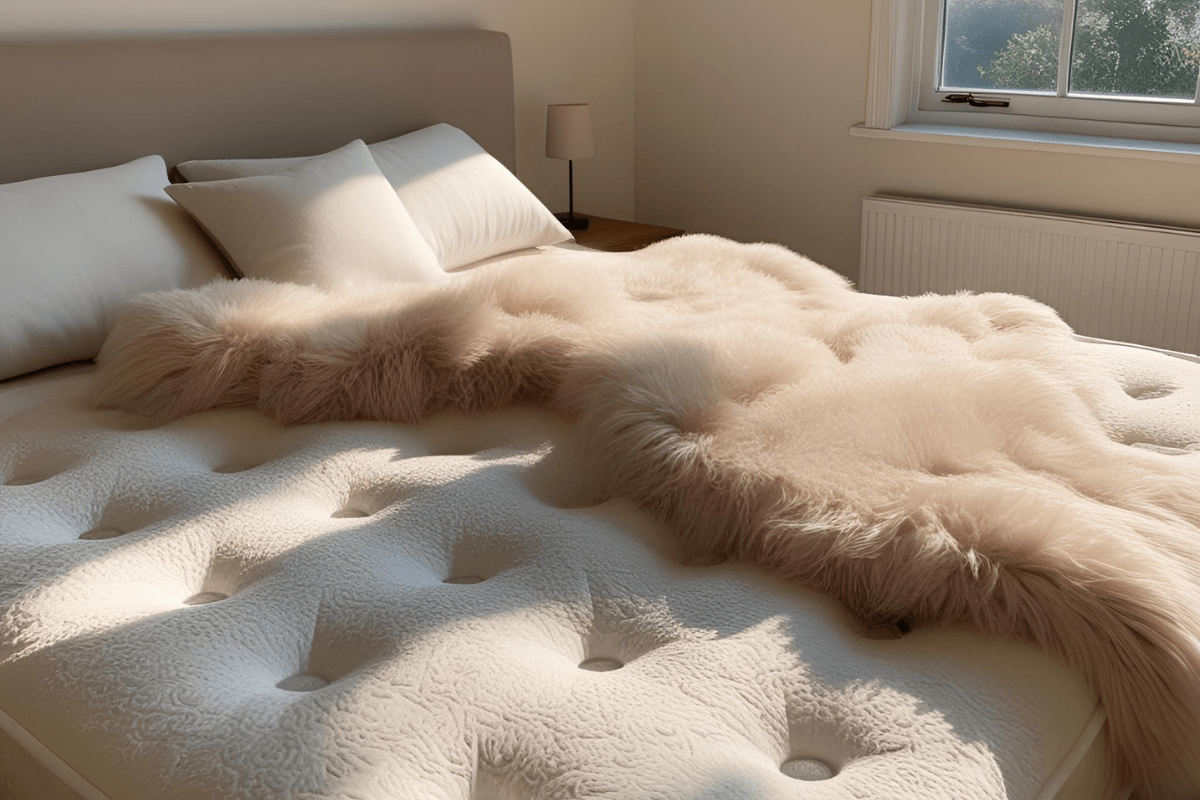
Add a Mattress Topper
A mattress topper helps when your bed feels too soft and lacks support. High-density memory foam or latex is great for adding firmness without sacrificing comfort. Latex lasts longer and feels naturally firm, while memory foam molds to your body while still keeping a solid feel. A 2 to 3-inch thickness strikes a good balance between support and comfort.
For a budget-friendly fix, polyurethane foam is a decent option. It won’t last as long as latex or memory foam, but it firms up a mattress without costing too much. It’s a practical choice if you need a temporary solution.
Some toppers also come with cooling features, which help if you tend to overheat at night. Gel-infused memory foam or ventilated latex can keep the surface cooler, so you don’t wake up sweaty. If temperature control matters, it’s worth checking out breathable materials before deciding.
Use Plywood Support
A sagging mattress can be frustrating, especially when it affects sleep quality. Sliding a sturdy piece of plywood between the mattress and the bed frame creates a firm base to keep everything level. It’s a quick fix that’s great for soft spots or uneven support.
Finding the balance between comfort and support is essential for better sleep. Knowing how to sleep on a soft mattress comfortably, determining whether a soft or firm mattress is the right choice, and finding ways to sleep on a soft mattress with a bad back comfortably all come down to personal preference and body support. Adding plywood can help firm up a mattress, but if discomfort persists, testing different firmness levels or using a supportive topper may be a better solution.
Just keep in mind that plywood blocks airflow, which can trap heat and moisture over time. This is more of an issue in humid rooms or for foam mattresses that need ventilation. To avoid problems, keep the room well-ventilated or use a moisture-resistant barrier. It’s not a permanent fix, but it can extend the life of a mattress that’s starting to lose support. If sagging keeps getting worse, replacing the mattress might be the better option in the long run.
Flip or Rotate Your Mattress
Flipping or rotating your mattress helps spread out wear, so it lasts longer. If yours has two sides, flipping gives you a fresh surface and can adjust firmness. For single-sided ones, rotating it head to foot keeps one area from softening too fast. Doing this every few months, ideally every 3 to 6, keeps the surface even. Without rotation, you might notice dips forming where you sleep the most. A habit like this can keep your mattress feeling comfortable longer.
Not all mattresses are made to be flipped, so check before trying. Most newer models work best with rotation only. A simple shift a few times a year helps keep things supportive without extra effort.

Adjust the Bed Frame
A sturdy bed frame affects how firm your mattress feels. If the frame sags or lacks proper support, your mattress might feel softer than expected. For larger sizes like queen or king, solid center support helps maintain firmness.
Platform beds and adjustable bases usually provide better support than box springs. A solid, evenly supported surface prevents the mattress from sinking over time. Upgrading to a stronger frame can improve overall comfort.
Even minor adjustments can help if your bed feels too soft. Adding slats or reinforcing weak spots can provide extra support. Testing different setups lets you find what works best for your sleep needs.
Try a Mattress Pad
A mattress pad won’t change how a bed feels as much as a topper, but it can still adjust the firmness a little. Some have quilted cotton or wool for a slight boost in support, which helps if the mattress feels too firm or needs a softer touch.
Pads also work well for keeping a mattress clean since many have a washable cover. Spills, dust, and sweat won’t sink in as easily, which is useful if you like a fresh bed without too much effort. Some even add a bit of breathability, especially with natural fibers like wool or cotton. They’re also budget-friendly, which makes them an easy fix if the bed feels off but doesn’t need a full overhaul. A simple pad can soften up a stiff mattress or smooth out slight discomfort without breaking the bank. If a full topper feels unnecessary, this might be enough.
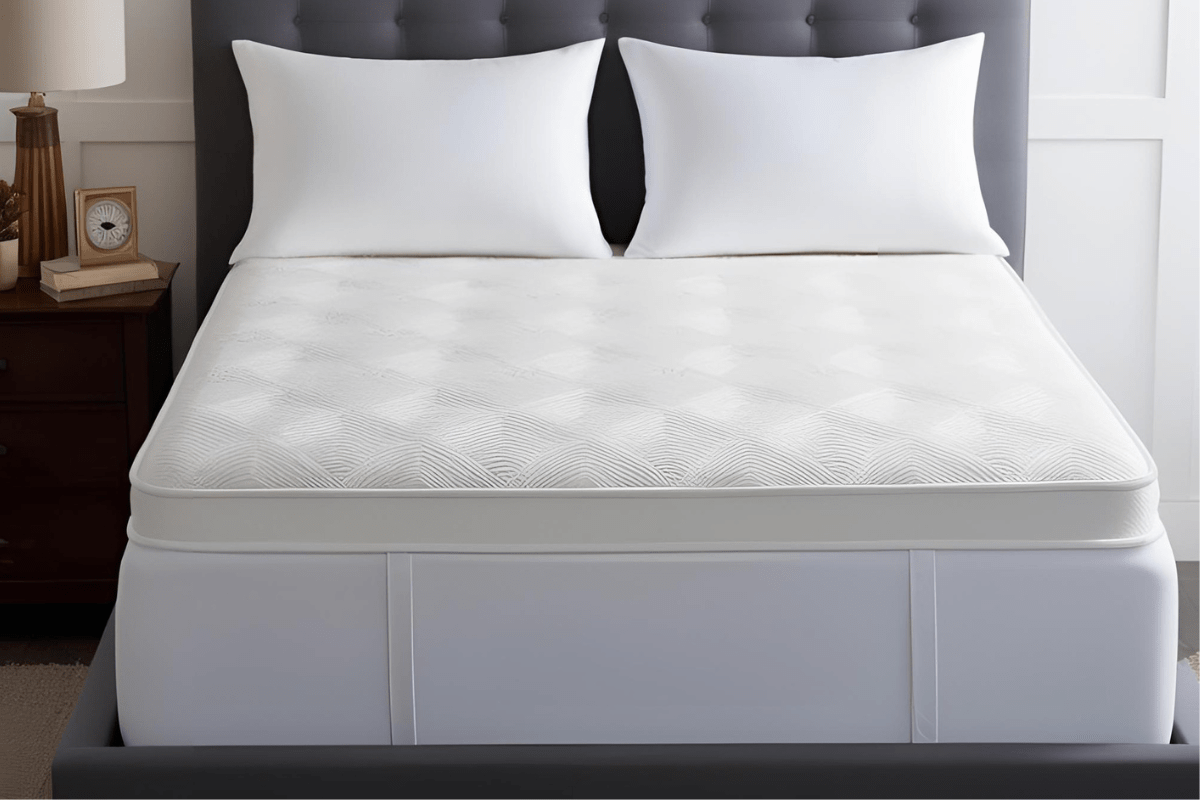
Air Out and Sun-Dry Your Mattress
A damp mattress can lose firmness over time, so airing it out helps keep it in good shape. Placing it in a well-ventilated room lets moisture escape, especially if there’s high humidity. This simple step can prevent that unwanted softening and keep the mattress feeling more supportive.
Sunlight does more than dry out excess moisture. It also helps prevent mold and odors. A few hours of direct sun can freshen up the surface and create a less inviting environment for allergens. If flipping the mattress isn’t too difficult, exposing both sides works even better.
Even if full sun exposure isn’t possible, propping the mattress up near an open window can still help. Good airflow speeds up drying, and combining it with a dehumidifier can be useful in humid climates. A little effort goes a long way in keeping the mattress firm and fresh.
Check the Warranty
If a mattress sags too soon, the warranty might cover a replacement or repair. Most manufacturers set a threshold, usually around 1.5 inches of sagging before they consider it a defect. If the mattress still falls under the warranty, it’s worth checking the details before spending money on fixes.
A good first step is measuring the sagging with a straight edge and a ruler. Taking clear photos helps show the depth of the indentation, which manufacturers often require for claims. Some companies also ask for proof that the mattress was used with proper support, so checking the bed frame can save time.
Reaching out to customer service can clarify the next steps. Some brands offer free repairs, while others replace the mattress entirely if the damage is bad enough. Instead of assuming nothing can be done, a quick claim might solve the problem at no extra cost.
When It’s Time to Replace Your Mattress
Small fixes help, but an old or damaged mattress won’t provide lasting comfort. If it’s been over eight years or there are visible signs of wear, like deep sagging or lumps, replacing it might be the best option. No amount of adjustments can restore support once the materials break down.
A good mattress helps with posture and reduces aches. Waking up sore or struggling to get comfortable at night can be a sign that the mattress isn’t doing its job anymore. Choosing the right firmness is also important, whether it’s soft or medium, firm or soft. The best option for back pain depends on individual needs, as some people find relief on a firm mattress while others prefer a softer feel. For lower back pain, a balance between comfort and support is important, as an overly hard or soft mattress may not provide proper spinal alignment.
Choosing a new one depends on personal sleep style. Side sleepers usually need softer cushioning, while back and stomach sleepers benefit from firmer support. Testing different options and checking return policies ensures the right fit, making the investment worthwhile.
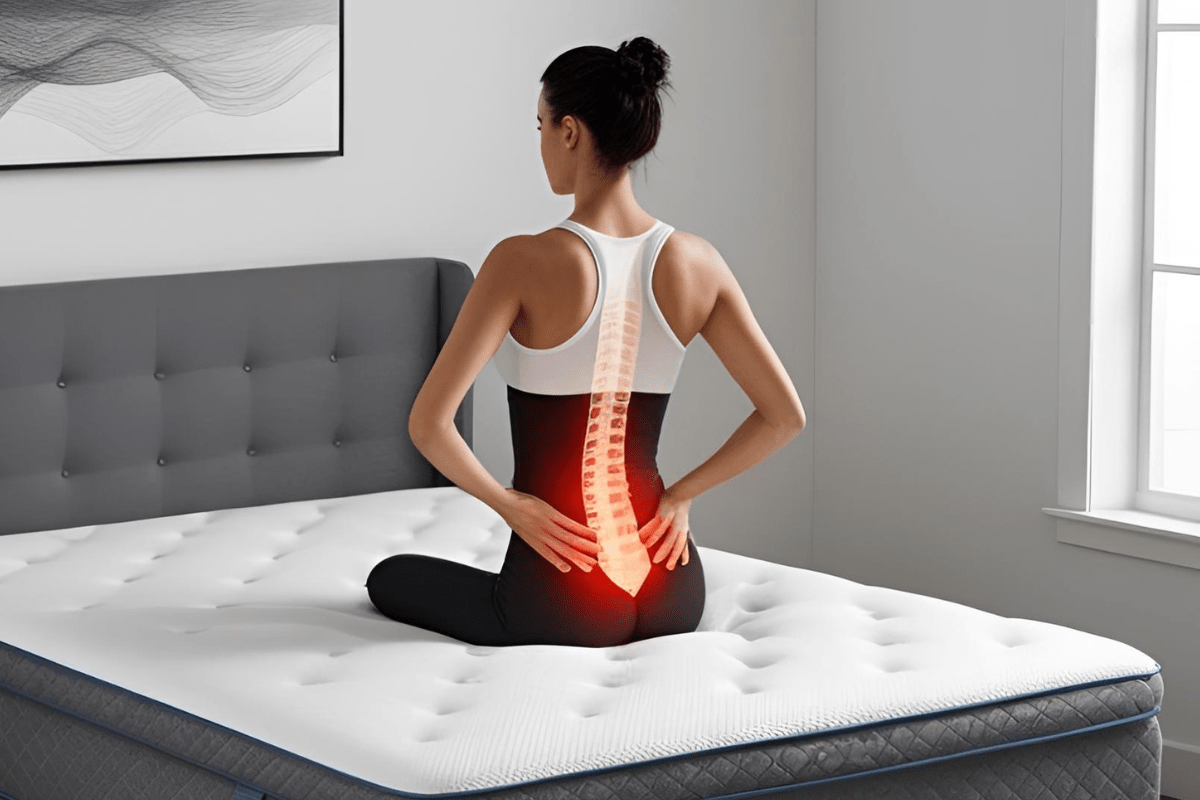
Combine Multiple Solutions
A single fix might help, but layering a few strategies works even better. Sliding a plywood board under the mattress can add extra support, especially if the base feels too flexible. A firm latex topper can also make a noticeable difference without replacing the entire bed.
Upgrading the bed frame is another way to boost firmness. A sagging or uneven foundation can make a mattress feel softer than it should, so switching to a sturdier frame keeps everything level. Even tightening loose slats can help if the bed isn’t as supportive as it used to be.
Mixing these solutions creates a more balanced feel and extends the mattress’s lifespan. Instead of settling for a bed that feels too soft or worn out, small adjustments can bring back the right level of support. It’s an easy way to get better sleep without buying a new mattress.
Final Thoughts
A soft mattress doesn’t have to ruin your sleep. Adding a firm topper, placing plywood underneath, or checking the bed frame can bring back the right level of support. A few small changes can make a noticeable difference without needing a full replacement.
Taking the time to evaluate what’s causing the issue helps find the best fix. Some solutions work better together, so trying a combination can improve both comfort and durability. If nothing seems to help, checking the warranty might be the next step before considering a new mattress.
Better support means better sleep, and a high-quality mattress helps a lot. Making these small adjustments can help you wake up feeling more rested and comfortable. Over time, even minor tweaks can prevent aches and improve overall sleep quality.

